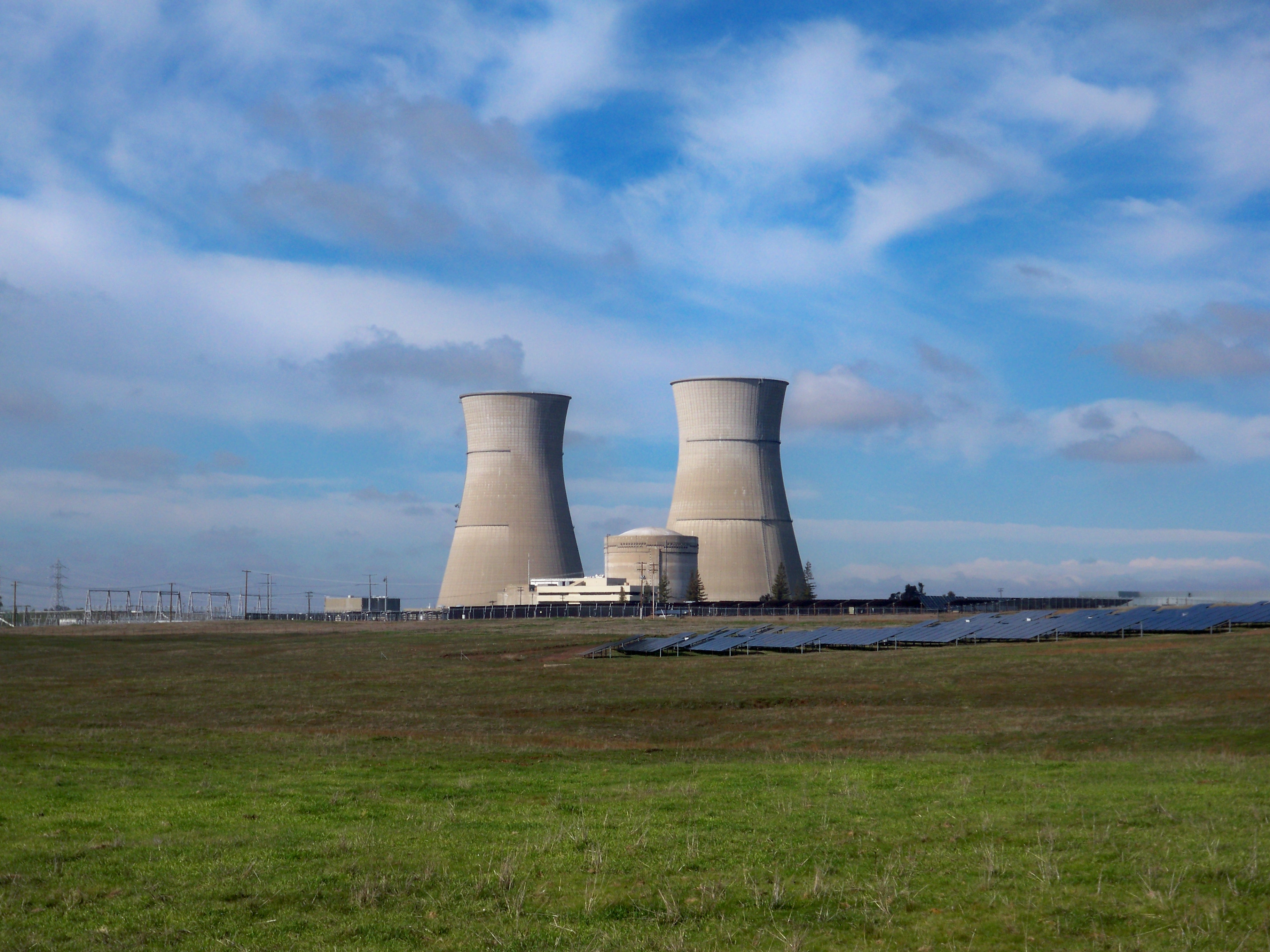Economics Resources
Word of Warning

Information sources listed here include government, industry, lobbying, nonprofit, and other sources.
If numbers differ, government sources are often less biased.
Use best judgment when deciding to use data and statistics from unknown resources.
US Energy Data
.gif)
US energy data can be divided by source (coal, natural gas, nuclear, etc.) and geography (state, region, nation, etc.). Some of the resources below provide information on a given source (coal, for example) and some resources on a given geography (the state of Texas, for example). Some provide data for both.
Energy data of all types (good starting points):
- US Energy Information Agency is a fantastic starting place for energy data of all types.
- USGS Mineral Statistics has data on a really wide variety of energy byproducts (zeolites, dolomite, etc.).
Oil/Gas (US)
Energy data broadly (either by source or by geography):
US Energy Information Agency is a fantastic starting place for energy data of all types. Note: EIA separates petroleum from natural gas in its stats.
Society of Petroleum Engineers (SPE) has a great set of links to a number of other reputable statistics collectors (some linked below).
By source (oil/gas/petroleum):
- Oil and Gas Journal
- BOEM Offshore (by geographic region) [note: BOEM is half of the former Minerals Management Service]
- BLM Onshore Leases
- Baker Hughes Rig Counts
- RigZone Rig Data [note: not all free]
- Independent Petroleum Association of America
- Texas Oil and Gas
- North Dakota Oil and Gas
- American Petroleum Institute [note: not free]
Renewables/Alternatives (US)

Energy data broadly (either by source or by geography):
US Energy Information Agency is a fantastic starting place for energy data of all types.
Renewables and alternatives are often considered to be wind, solar, and hydropower (nuclear is also sometimes included, but here is separate and included below). The EIA data includes geothermal, biomass, and ethanol.
By source (renewables/alternatives):
- Solar Energy Industries Association Data
- Solar Electric Power Association
- California State Government Solar Stats
- Texas Solar Radiation Database
- American Wind Energy Association Industry Stats [note: not all data free]
- US Bureau of Reclamation Hydropower Stats
- US Army Corp of Engineers Geospatial Data [levees/dams]
- USDA Bioenergy Statistics
- Ethanol Statistics [pdf]
Coal Data (US)
Energy data broadly (either by source or by geography):
US Energy Information Agency is a fantastic starting place for energy data of all types.
By source (coal):
Nuclear (US)

Energy data broadly (either by source or by geography):
US Energy Information Agency is a fantastic starting place for energy data of all types.
By source (nuclear):
- US EIA
- National Nuclear Data Center
- Nuclear Energy Institute (both US and World stats)
International Energy Data

International energy data can be divided by source (coal, natural gas, nuclear, etc.) and geography (country, region, nation, etc.). Some of the resources below provide information on a given source (coal, for example) and some resources on a given geography (the US, for example). Some provide data for both.
Broadly:
- UN Stats on Energy (incredible variety of sources, from biogases to tide/wave/ocean electricity, for a huge array of countries)
- IEA Statistics
- BP Statistical Review of World Energy [pdf]
- (US) EIA International Stats
- StatsCanada Energy Stats
- Europe's Energy Portal
- WorldBank Indicators (Energy and Mining; Environment)
- World Energy Council
By resource type:
Coal
Oil/gas/petroleum
Nuclear
- IAEA PRIS Nuclear Power Reactors
- Nuclear Energy Agency-OECD
- EU European Union Nuclear Energy
- World Association of Nuclear Operators Indicators
- World Nuclear Industry Status Report
- World Nuclear Association
Renewables/Alternatives
- IEA International Stats on Renewables
- REN21 (Renewable Energy Policy Network for the 21st Century)
- European Renewable Energy Council
- European Solar Thermal Industry Federation
- Global Wind Energy Council
- European Wind Energy Association
- World Wind Energy Association
- Aquastat (FAO)
- International Hydropower Association
Search
What's covered on this page?
What's covered on this page?
US Energy Data, general sources
Oil/gas (US)
Renewables/Alternatives (US)
Coal (US)
Nuclear (US)
International Energy Data, sources by type of energy